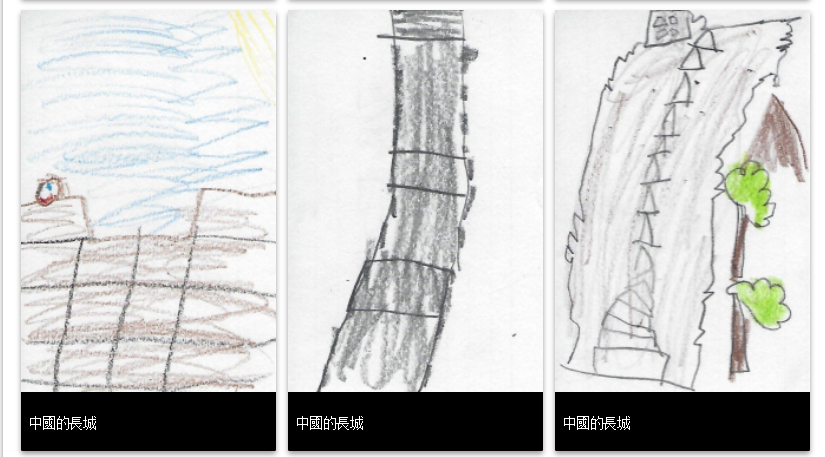Summary
In this lesson students will be challenged to understand the impact contributions had from our founding fathers. The following question will be directed to the students; as a young American, how can you contribute to your community. By researching and investigating historical contributors during the Revolutionary Era, students will be able to determine why contributions are made based on the historical impact of Revolutionary leaders. Students will demonstrate their knowledge of contributions by designing and implementing a community project of their own.
Students will have an opportunity to work in small groups and contribute to a greater cause by accepting roles that require individual research and tasks for the group. Student activities will include, but not limited to, completing a silent puzzle, creating a mobile, researching roles of some famous American Revolutionary war figures including whites, slaved African Americans, and American Indians. Students will partake in STEM projects by creating “statues” of famous Virginians as well as reflecting and supporting how life would be different if the historical contributions had not been made. Students will brainstorm and vote on a community service project to advertise and implement. Both Digital and non-digital resources such as character creations, fliers, radio announcements, newspaper ads and individual expository and persuasive writing will be offered as choices during this lesson. At the end of the unit, students will reflect on their service by way of a Google form to see if a difference was made in their community and what could be done to improve upon this service.
TIPC Ratings
This lesson falls within the approaching level. Students have been given a task and asked to generate questions to answer. Books, printed materials, and websites have been offered to the students. Students must decide which resources best answer their questions and to list their sources. An outside expert was invited to speak to the all classes, which served as research. Skyping was considered but the expert was able to join us live. To improve upon this category, the students could evaluate their sources with a check sheet but that was not done due to time restrictions.
This lesson falls within the upper approaching level. Students formed their own groups and assigned task for each person in the group. Each group member researched and recorded their information using technology and/or non digital sources of their choice. Live experts were asked to come in and give students a change to ask questions and get information. This information was gathered as a group and used for one common project, their community service. Students reflected online to better serve the project.
This lesson falls within the ideal level. Students generated thoughtful questions and worked toward a solution even if it led them down the wrong road they had group members with different solutions to help each other. Students were able to look at their solutions and make changes if they deemed necessary. Students reflected at the end of their project to see what could be added or deleted for next time.
This lessons falls within the ideal level. Students took the information they gathered and created products that would best fit their own needs as well as the class needs. Each Revolutionary War figure was an original tailored by each student. The project itself was an original idea. I think the lesson is on the fine line between approaching and ideal. I think more choices could be available which prevents it from being ideal.






